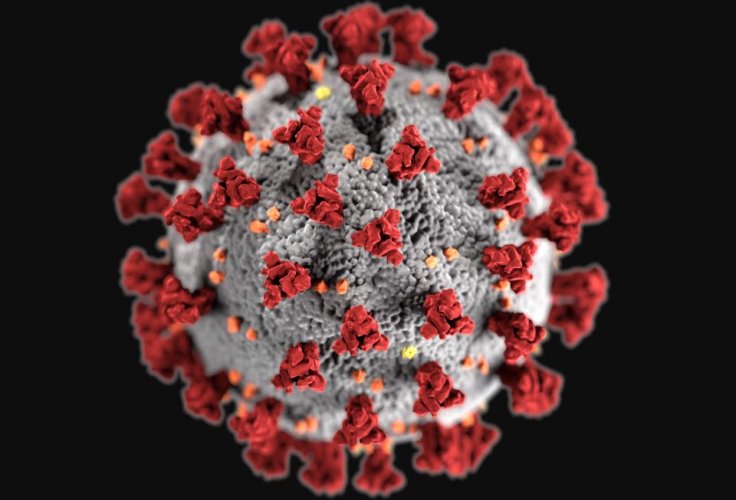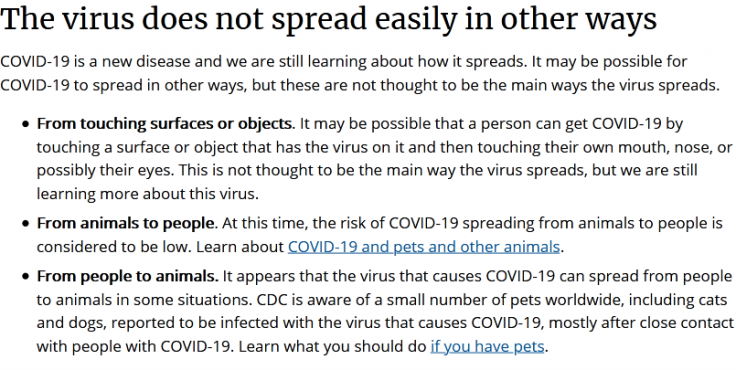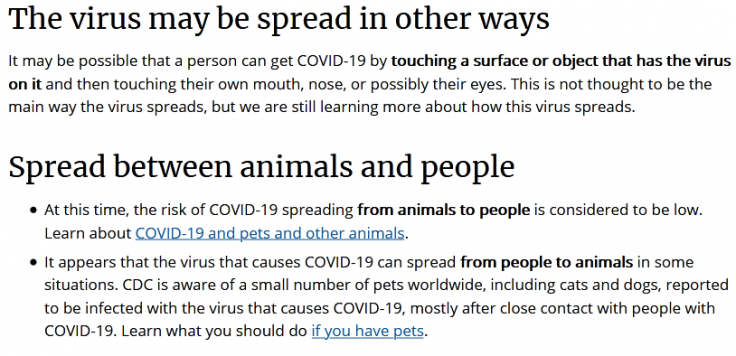As the coronavirus pandemic tightens its grip, people worrying about the pathogen spreading via grocery bags, newspapers and other surfaces have relief now. The US Centers for Disease Control and Prevention (CDC) has tweaked the guideline saying SARS-CoV-2 does not spread easily on surfaces, making a U-turn. The changed version says that it is not thought to be the main way through which the virus spreads.
Yes, the virus won't spread easily, even from contaminated surfaces. This news is on rounds, but much relief can be found only when people know how it doesn't spread so easily. The reason why the CDC changed its vocabulary today might leave people confused. It seems as though the Centers for Disease Control and Prevention has avoided using 'Coronavirus Does Not Spread Easily' vocabulary.
What is Usually Known?

The new coronavirus is known to spread mainly from a person to others via droplets when an infected person sneezes, coughs, or even talks. That person need not be showing symptoms in order to infect others, meaning -- a person can be asymptomatically carrying the COVID-19 infection.
While the CDC is "still learning" about how the virus spreads, according to its website. The latest info says that the coronavirus pandemic is spreading more efficiently than influenza, but not as contagious as measles.
CDC's U-Turn With Surfaces

Previous research showed that the novel coronavirus stays much time on surfaces, such as a week on masks, two days on clothes, and four days on a smooth banknote. However, the CDC website had altered a previous understanding, which is recorded by Wayback Machine - on May 11 - by placing a new subheading "The virus does not spread easily in other ways," until Friday.
However, This subheading has been removed today, while being replaced by "The virus may be spread in other ways," where it says that it is "not thought to be the main way the virus spreads." To note that there is a difference between the virus "does not spread easily" and "not thought to be the main way the virus spreads." This takes us back to a similar vocabulary as on May 10.
What Expert Said

Linsey Marr, an aerosol scientist at Virginia Tech told New York Times that the coronavirus spreads more readily than when people get into close contact and also in places with poor ventilation.
She further said, for a person to catch coronavirus from a surface, there were some prerequisites. Initially, the virus should have been transmitted to a surface in large amounts. Next, the virus should survive on that surface until someone touches it. Even supposing that the virus got transferred to a person's finger, it should also survive on the skin until that person touches the eye, mouth, or nose.









